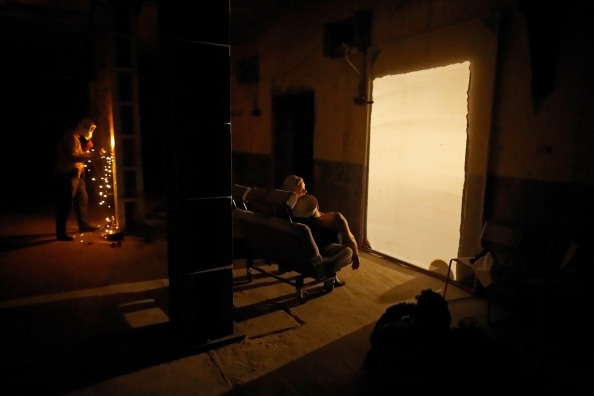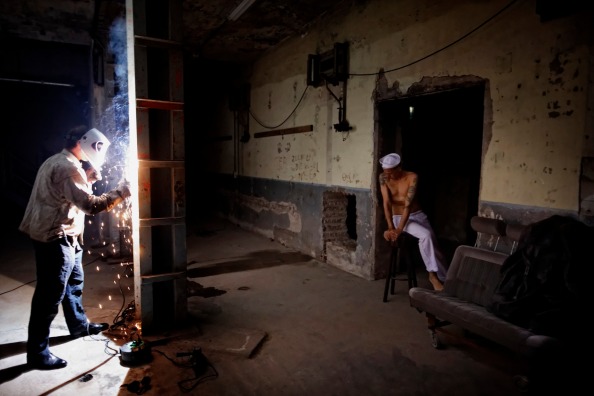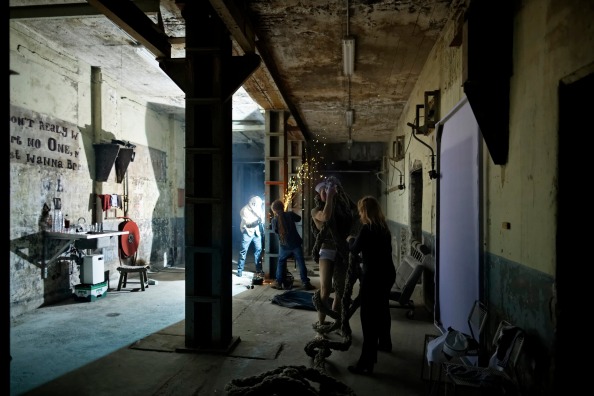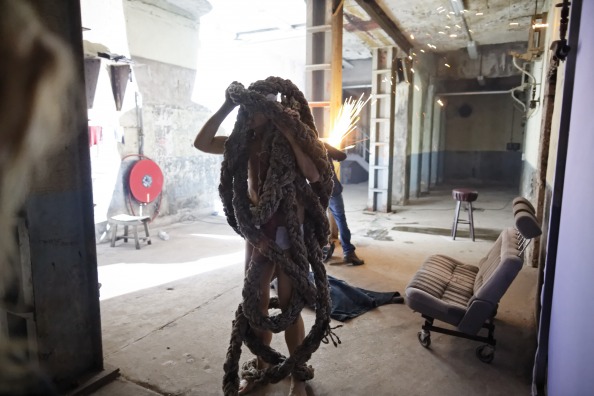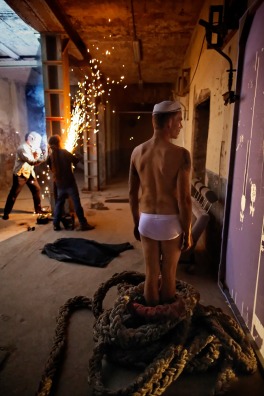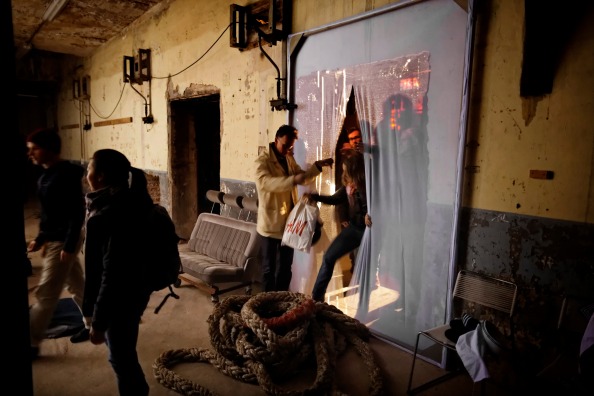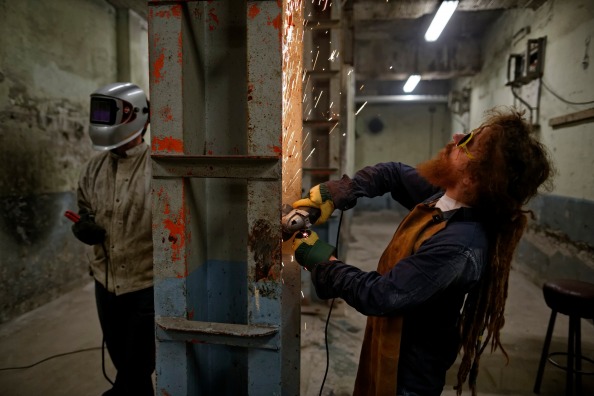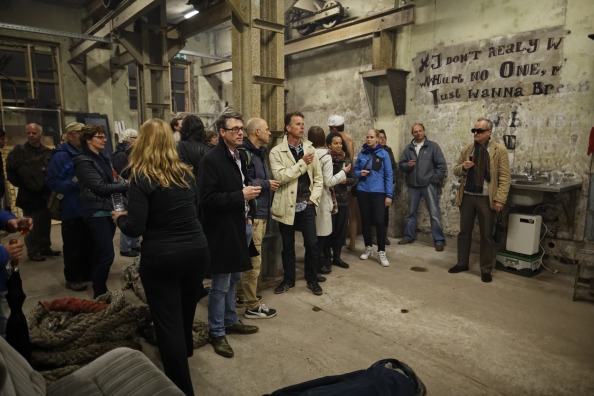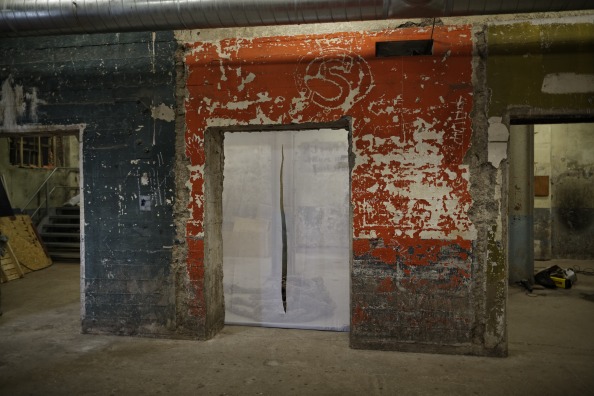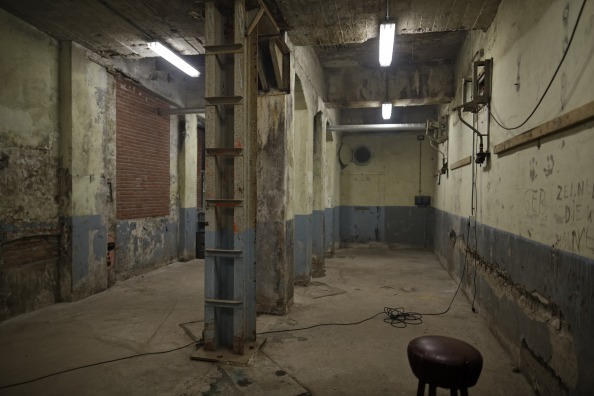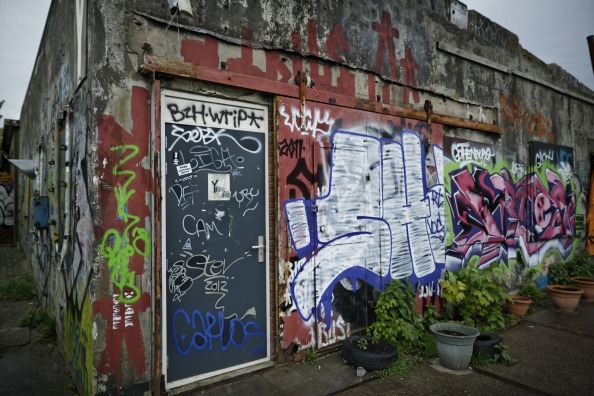
Dirk Jan Jager - Three scenes and a short commentary (with Ineke Siersema)
FASSBINDER'S BEDROOM June 10th 1982
A small room in a Munich apartment.
It was all over before he knew it. That is, of course, the essential feature of death, its absolute transgression. Blanchot knew that and so did Rainer Werner Fassbinder.
Somebody moves across the room and turns off the television that was still flickering in the corner (the air still smells of cigarette smoke, sweat and alcohol). It was the noise of the television that, at 3.30 in the morning, had alerted his wife Juliane Lorenz that something was amiss. That slight and insignificant gesture went undocumented, Fassbinder’s second death in one morning.
Like his life Fassbinder’s career in cinema was short but intense, he made over forty films between 1965 and 1982. Short and fat, Fassbinder claimed that he wanted to look ugly on the cover of Time.
CAPODIMONTE, MARBLE SCULPTURE HALL
The Museo CapodImonte lies in the upper reaches of the sprawling port city of Naples in the South of Italy. The building a former Bourbon palace, set among mixed exotic trees and lush lawns, is in remarkable contrast to its hometown. The building is the color of fresh cut flesh, the instant before blood wells up, and trimmed in basalt grey. Inside, near a window among the collection of marble sculptures, stands a curious pairing. A diving boy entwined with a mythical sea monster. This sculpture is very often overlooked despite (or perhaps because of) its erotic energy. The boy is Eros, the god of love, sensually and playfully descending in the thick embracing coils of a bulbous headed dolphin. The intimacy of their mutual embrace is disturbing.
Never Trust a Holy Whore (Fassbinder 1971). In this film, about the tedium of making a film, the director of the film is played by a handsome blond youth, the pudgy producer by Fassbinder, and Eddy Constantine plays himself.
NDSM WHARF May 14th 2013
There is no greater transgression in cinema, and indeed it cannot be in cinema, as when the screen splits and admits the audience into the three-dimensional space previously reserved for the actors. The precise boundaries that defined the flickering visions, a form of non-recording cinema, have given way to theater. But, just like Artaud’s Theatre of Cruelty, it is haunted by its own impossibility.
What was the last act, the edge, pin-prick of the transgression?
It was all over before you knew it.
text: Simon Ferdinando
photo: Thomas Lenden
thanks to: Rob Visser, Robert van Luijk.
